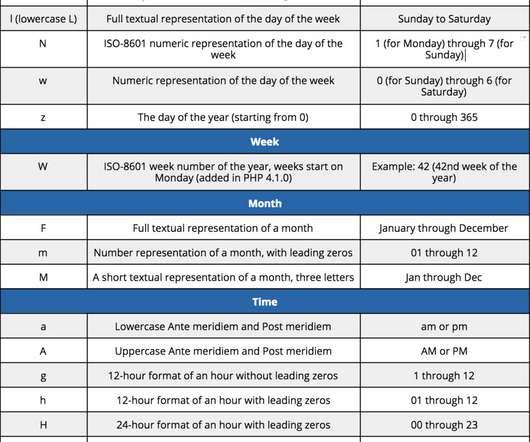How to Create Job Aids that Skyrocket Your Team’s Performance
TechSmith Camtasia
SEPTEMBER 2, 2019
They’re simple, clear instructions on how to do something at work. Ever see hand-written 3 x 5 instruction cards taped to the wall beside a printer? No-one wants to waste time hunting down instructions. Assembly instructions are a type of job aid that most of us have seen at some point in our lives. Cheat sheets.
















Let's personalize your content